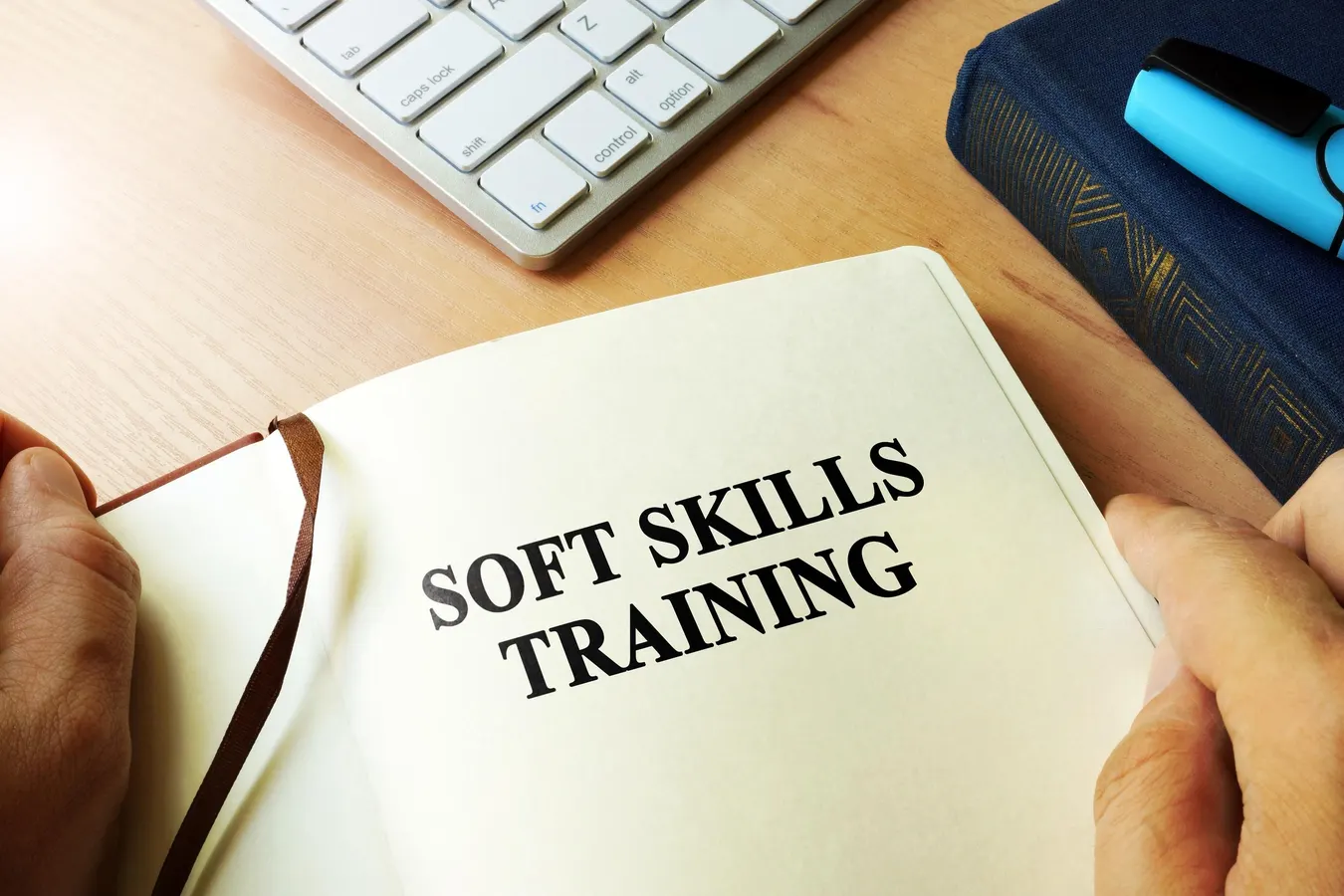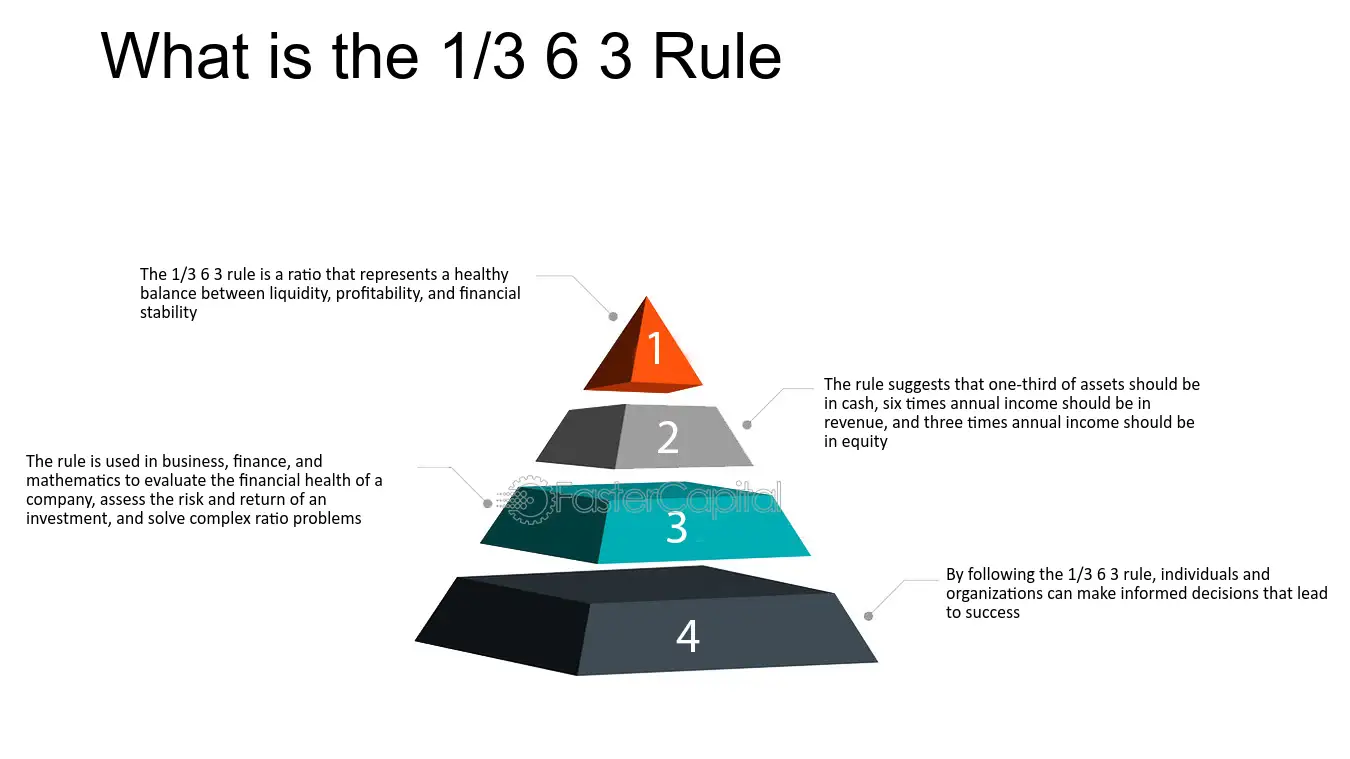novellainstitute.com – At the heart of every goal is the desire for change—a transformation of some kind, whether personal, professional, or emotional. But what if the very matter of our existence—the physical world around us—could play a role in shaping the goals we set and how we achieve them? Let’s explore the fascinating idea of how matter—both the physical substance that makes up our bodies and the material world we navigate—relates to our ambitions and the pursuit of personal goals.
1. Our Bodies: The Foundation of Our Goals
When we set goals, we often begin with a vision of what we want to achieve, but the physical body is the starting point for any goal. Whether it’s getting fit, learning a new skill, or building a career, our physical selves are the vessels through which we accomplish all things.
-
Health and Vitality: Our physical health is integral to achieving our goals. If we aim to run a marathon, for example, our bodies need to be in optimal condition. The energy we gain from healthy eating, exercise, and sleep directly impacts our ability to focus, work hard, and persevere. The matter that makes up our bodies—our muscles, organs, and cells—works in concert to support our dreams.
-
Mental Energy: The brain, as part of our physical body, is a powerful tool for goal setting and achievement. It stores the intentions we set, processes the information we receive, and drives the motivation needed to reach our objectives. Without our physical brain and body, the pursuit of goals would be an abstract notion, impossible to manifest.
2. The Role of the Environment in Shaping Our Goals
Beyond our own bodies, the material world around us also plays a crucial role in how we define and pursue our goals. The environment influences our choices, behaviors, and opportunities, shaping the very nature of the goals we set.
-
Resources and Tools: Every goal requires tools, resources, and support. These are material aspects of life that make it possible to move forward. For instance, the goal of writing a book requires not only a strong desire to share ideas but also access to a computer, a writing desk, and perhaps books or research materials. The availability of these resources—physical items—directly affects our ability to succeed.
-
Space and Environment: The physical space we inhabit also affects our mindset and productivity. A cluttered environment can create stress and hinder goal progress, while an organized, calm space can enhance focus and creativity. Even the materials we interact with daily, like comfortable furniture, inspiring art, or natural light, can either inspire or stifle our ambitions.
3. Matter and the Power of Habit
Achieving goals is often less about one-time efforts and more about cultivating lasting habits. Habits, in their simplest form, are repetitive actions that our bodies carry out regularly. The physical matter involved in habit formation—neural pathways in the brain, muscle memory, and consistent actions—help us move closer to our goals each day.
-
Building Routines: Successful goal achievement is often linked to routine. By repeating certain behaviors, our bodies develop muscle memory and our minds become conditioned to work toward a specific outcome. For example, a person who aims to write a novel might establish a daily writing habit, gradually transforming the action into a natural part of their life. The consistency of these actions—the repetition of physical and mental effort—is what leads to significant achievements.
-
Mind-Body Connection: The science of habit formation reveals that the brain and body work together to make goal-oriented actions feel more effortless over time. For instance, when you decide to learn a new language, your brain forms new neural connections, and your mouth (the physical aspect of speaking) becomes accustomed to forming new sounds. The more you practice, the stronger the mind-body connection becomes, and the closer you get to your goal.
4. Matter and the Law of Attraction
An interesting concept when talking about goals and matter is the law of attraction—the idea that we attract what we focus on, including our desires and goals. While this idea is often more philosophical or spiritual, it touches on the connection between the physical world and our intentions.
-
Visualizing Success: Visualization is a powerful tool in achieving goals. The act of mentally seeing yourself succeed, whether in a visualized image or through positive affirmations, can influence your actions and your body’s responses. The more vividly you imagine your desired outcome, the more your physical body and environment will adjust to make that goal a reality. The matter of your thoughts—shaped by your intentions—guides the material changes you seek.
-
Aligning with Opportunities: As you become more focused on your goals, you may start to notice opportunities, resources, or connections that seemed to appear out of nowhere. This could be a manifestation of aligning your physical reality with your mental focus. Your goals are not just abstract desires—they are connected to the matter and energy around you.
5. The Energy of Matter and Motivation
Matter is not only about the physical world but also about the energy it holds. Everything around us—from our own bodies to the environment—is made of energy, and this energy plays a crucial role in goal achievement.
-
The Energy of Actions: Every goal requires action—and actions require energy. The energy you put into your goals, through focused effort, consistency, and resilience, will determine how successful you are. Whether it’s the energy needed to wake up early and work toward a career goal or the energy to stay focused during a difficult task, matter and energy are tightly linked in achieving your dreams.
-
The Role of Motivation: Motivation is often fueled by the energy you feel in your body. For example, when you’re physically energized, you may feel more driven to accomplish your goals. Conversely, physical fatigue can lead to a lack of motivation. By ensuring you maintain physical health, you ensure the energy required to stay motivated and achieve your goals.
Conclusion: Matter and Goals Are Inextricably Connected
From our physical bodies to the material world we interact with, everything around us plays a role in the goals we set and the actions we take. Our bodies provide the foundation for our ambitions, while the resources and environment around us support or hinder our progress. Matter, in all its forms, is not only the building block of our physical existence but also the key to unlocking our aspirations.
Understanding the connection between matter and goals reminds us that achieving our dreams requires not just a strong mindset, but also the energy, resources, and actions to make them come to life. Matter and goals are interwoven—our physical world shapes our possibilities, and our intentions shape how we interact with it.





